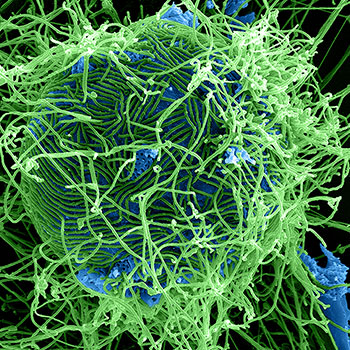This question is impossible to answer without making some assumptions.
I am going to assume that we are dealing with a #"w/w"# (weight by weight) percentage solution (for more information on percentage solutions please see this blog post: Calculating Percentage Solutions). The reason I am working on #"w/w"# is because if this is a #"w/v"# solution I would have #26.3# #g# of #KCl# in a final volume of #100# #ml#, and as we will see, I need to know the exact amount of water added. The difference between a #"w/w"# and #"w/v"# solution is most probably negligible, but science is all about being accurate.
The mole fraction is the number of moles of something divided by the number of total moles present.
#"mole fraction" = "moles" / "total moles present"#
First, let us work out the number of moles of #KCl# present. A #26.3%# #"w/w"# solution would contain #26.3# #g# of #KCl# per #100# #g# of solution.
The molecular weight of #KCl# is: #74.5513# #g#/#mol#
Hence, #26.3# #g# of #KCl# is #26.3 / 74.5513# = #0.353# moles.
A #"w/w"# percentage solution has a final weight of #100# #g#. We have #26.3# #g# of #KCl#, so the water must weigh #100 - 26.3# = #73.7# #g#.
The molecular weight of water is: #18.01528# #g#/#mol#.
Hence we have, #73.7 / 18.01528# = #4.091# moles.
Therefore we have:
#"mole fraction" = 0.353 / ("("0.353 + 4.091")")#
#"mole fraction" = 0.353 / 4.444#
#"mole fraction" = 0.079#


